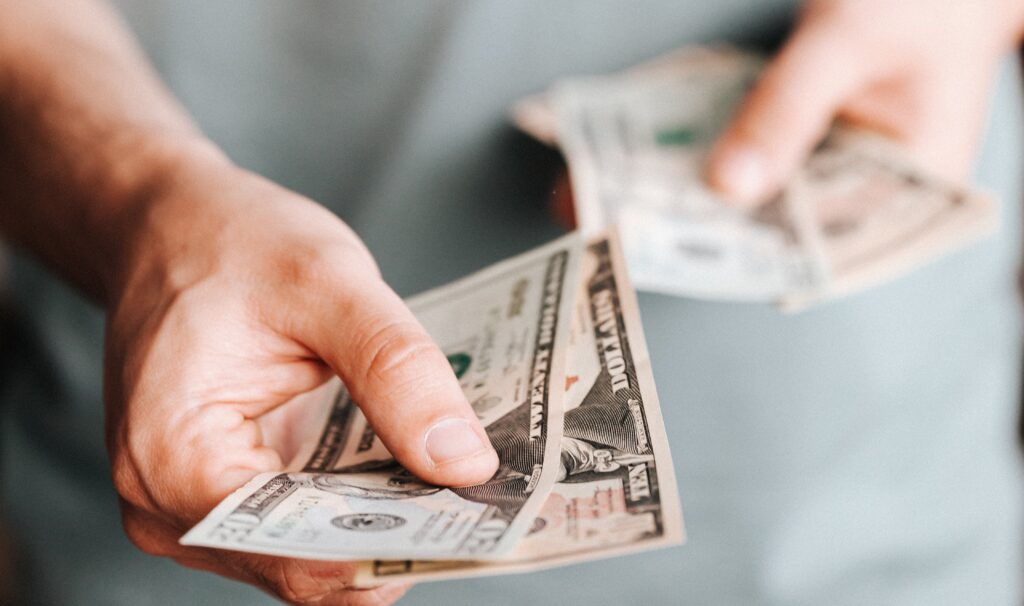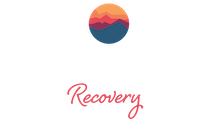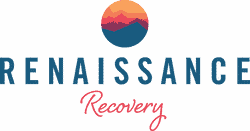The negative effects of drinking alcohol go beyond just the cost of buying drinks. Alcohol abuse also happens to be a major cause of health problems around the world.
What makes alcohol different from other health risks is that it doesn’t just hurt the person drinking it. It can also harm people through accidents caused by drunk driving or problems in babies because their mothers consumed alcohol during pregnancy. But the damage caused by alcohol isn’t just about health, though. It also leads to other problems like increasing crime and making people less productive at work.
Need help getting addiction treatment?
This guide addresses the economic cost of alcohol and explores the wider costs of alcohol abuse. You will also learn more about the non-financial costs of alcoholism, and discover how to connect with evidence-based treatment for alcohol use disorder.
How Much Is Alcohol Abuse Costing Me?
The financial cost of alcoholism will vary significantly from person to person, meaning that there’s no hard and fixed guide. If you are concerned about the mounting cost of alcohol abuse in your life, though, consider these illustrations of the direct cost of drinking beer, whether at home or in a bar.
Cost of moderate drinking
The following examples are based on those who conform to moderate drinking guidelines, refrain from binge drinking, and do not necessarily have any problem with alcohol abuse.
- A 24-pack of beer costs from $15 in Illinois to over $31 in Alaska, according to CNBC. This means that many people who frequently drink a few beers at home could see more than $100 added to their monthly grocery bill.
- A 6-pack of beer costs an average of $6 per pack in the U.S. As with crates of beer, the price of a 6-pack varies from region to region and depending on the brand of beer. If you buy a single 6-pack weekly, that’s an extra $300 each year.
- For those who drink beer in bars, a single drink might cost anywhere from $6 to $10 or more. Go out twice a week for a couple of beers and you could spend $160 or more each month on those handful of beers.
Cost of heavy drinking or binge drinking
NIAAA (National Institute on Alcohol and Alcoholism) defines heavy drinking as men consuming five or more alcoholic beverages daily (or 15+ drinks weekly), or women consuming four or more alcoholic beverages daily (or 8+ drinks weekly).
Binge drinking is defined as men consuming at least five alcoholic drinks within two hours, or women consuming at least two alcoholic drinks within two hours. These examples reflect the cost of heavy drinking or binge drinking.
- Men who drink alcohol heavily at home could spend $20 or more each week on beers.
- Men who drink alcohol heavily in bars could spend $150 or more each week on beers.
- Women who drink alcohol heavily at home could spend $10 or more each week on beers.
- Women who drink alcohol heavily in bars could spend $80 or more each week on beers.
- The costs of binge drinking often extend beyond the costs of alcohol. Food, transport, and late-night clubs means that a binge drinking session can easily cost $100’s of dollars.
The costs associated with drinking spirits can be significantly higher. Walmart prices for vodka start at $10, meaning that drinking a weekly bottle of the cheapest available spirits will cost you at least $500 a year. Drinking spirits in bars, especially doubles, can become remarkably expensive, adding thousands of dollars to your annual budget.
Regrettably, the costs of alcohol abuse extend far beyond the financial and the individual. The abuse of this legally sanctioned but highly addictive substance can wreak havoc society-wide.

What Is the Cost of Alcohol Abuse on Society?
The cost to society of alcohol abuse was last outlined in a 2010 study. Researchers concluded that excessive alcohol consumption costs the United States close to $250 billion. Almost half of this cost was met by the government, and 75% of all these costs were attributed to binge drinking. Binge drinking is arguably the costliest and most dangerous pattern of alcohol consumption, frequently leading to alcohol poisoning (alcohol overdose), accidents, and injuries.
Much more research on the costs of alcohol abuse is needed given the significant rise in overall costs, as well as inflation, in the decade since then.
A 2021 peer-based review and modeling study estimated the more recent societal costs of alcohol using data from MEDLINE and EMBASE. These cost estimates were converted into international dollars. Data show that:
- The cost of alcohol use in the United States amounts to 1.5% of GDP, almost half the amount spent on the U.S. military.
- Converted to international dollars, researchers estimated the cost of alcohol use in the United States at over $1,300 per person per year.
What Are the Non-Financial Costs of Alcohol Abuse?
The non-financial costs of alcohol abuse can be equally, if not more, devastating. These costs profoundly affect the personal lives, relationships, and overall well-being of those abusing alcohol, extending far beyond monetary measure.
- Erosion of relationships: Alcohol abuse can severely damage the fabric of relationships. It can lead to a breakdown in communication, trust, and the emotional bond between the individual and their loved ones. Families and friendships suffer as the person’s dependence on alcohol grows, often leading to isolation or conflict within these relationships. The emotional toll on children and partners, in particular, can be significant, with long-term impacts on their mental health and well-being.
- Impaired personal and professional performance: Alcohol abuse doesn’t only impact personal life, but it also seeps into professional and academic life. It can lead to decreased productivity, absenteeism, and potentially job loss, affecting the person’s career trajectory and, ultimately, financial stability. For students, it can result in academic underperformance or dropout, limiting future opportunities.
- Deterioration of physical health: Beyond direct health consequences like liver disease and increased risk of accidents, alcohol abuse can lead to a general decline in physical health. It affects sleep patterns, nutritional status, and the ability of the body to fight infections. The cumulative effect of these issues can lead to a significant downturn in quality of life, with long-term implications that may persist even after achieving sobriety.
- Decline in mental health: The impact of alcohol abuse on mental health cannot be overstated. It significantly increases the risk of developing mental health disorders such as depression and anxiety. Beyond this, alcohol abuse can exacerbate pre-existing mental health conditions, leading to a vicious cycle where alcohol is used as a coping mechanism for the distress it is partly causing. This not only affects the person’s quality of life but also places additional strain on healthcare and support systems.
- Legal and social ramifications: Legal issues are also a non-financial cost of alcohol abuse, with individuals facing potential legal consequences for actions taken under the influence, such as DUIs or public disturbances. These issues can lead to a loss of reputation, social standing, and even freedom, further complicating the recovery journey. Evidently, these issues can also include a significant financial component.
Alcohol use disorder is an intensely personal condition, meaning that the costs, economic and more general, will differ significantly. In many cases, alcohol abuse costs people their homes, families, and livelihoods. While alcohol abuse can be costly, it’s also highly treatable – here’s how you can connect with immediate assistance near you.

Get Treatment for Alcohol Addiction at Renaissance Recovery
Alcohol addiction is damaging to relationships and all areas of life. If you or a loved one needs help addressing alcohol use disorder, we can help you achieve and maintain sobriety at Renaissance Recovery in Southern California.
By choosing outpatient rehab at Renaissance, you can meet your everyday commitments while engaging with evidence-based treatment at our rehab facility in Huntington Beach, CA.
For those who have more severe alcohol addictions or co-occurring mental health conditions, we also offer more intensive outpatient programs with a more structured approach and greater time commitment.
During ongoing treatment for alcohol use disorder at Renaissance, you can engage with a personalized blend of the following treatments:
- MAT (medication-assisted treatment)
- Talk therapies
- Family therapy
- Group therapy
- Individual therapy
- Holistic treatments
- Aftercare planning
To address alcohol addiction in Southern California, call 866.330.9449 for on-the-spot assistance.



